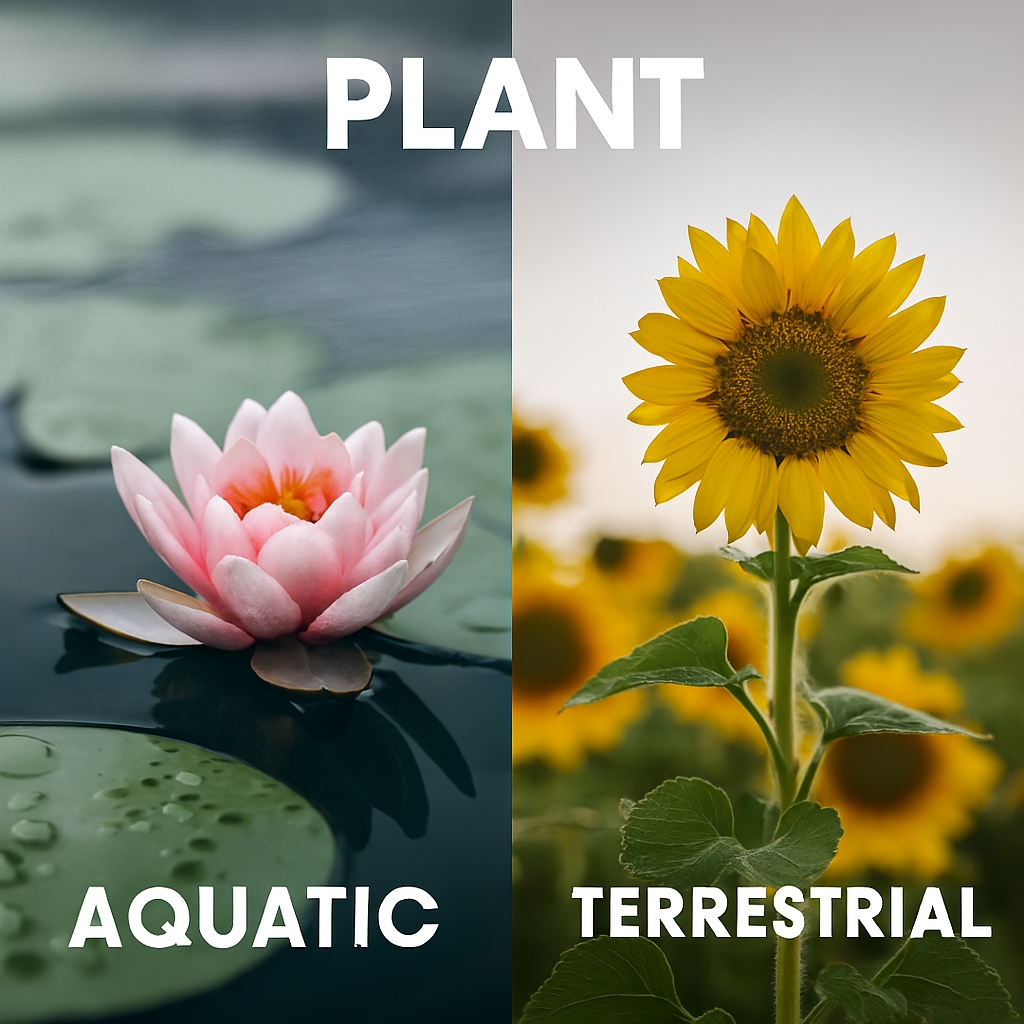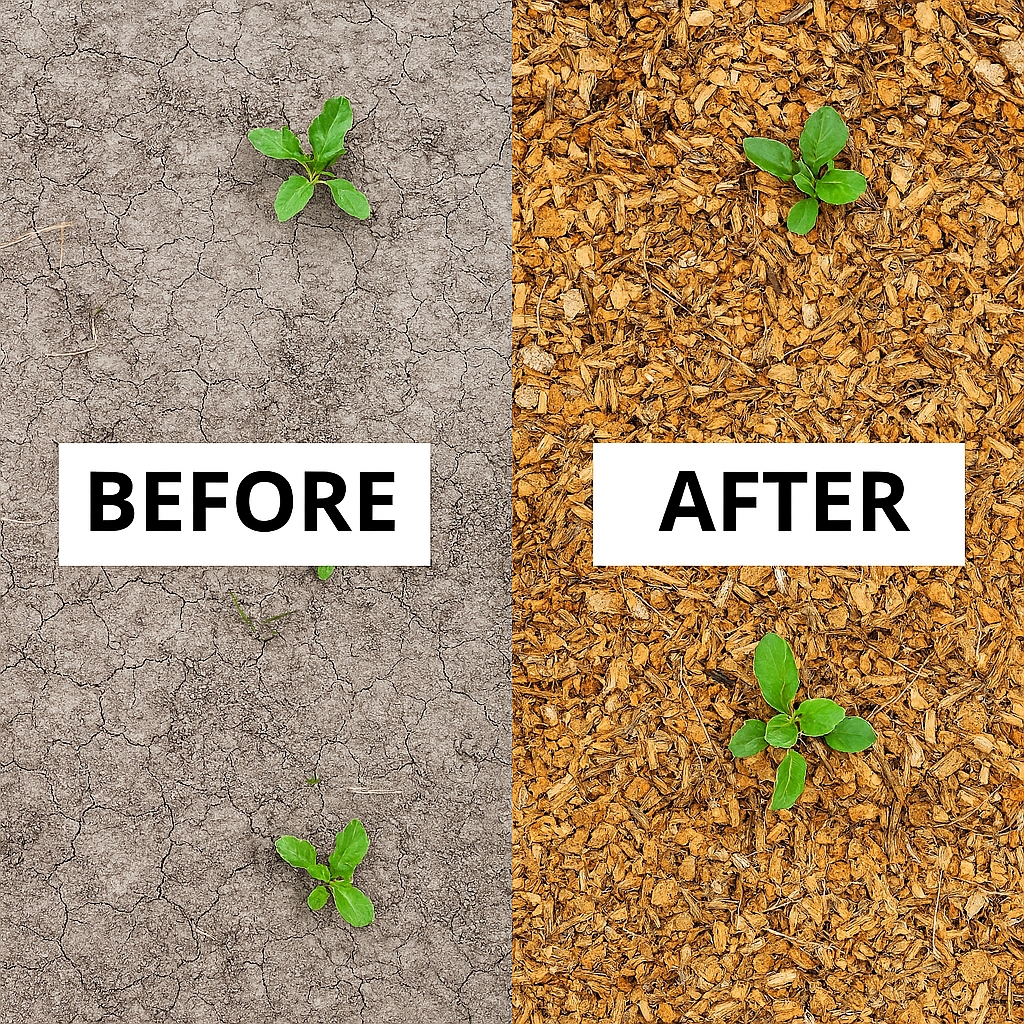Environment Mental Health
A Complex Connection Beyond the Surface
Mental health is shaped not only by internal factors but also by the external world we inhabit. The environment—natural, built, and social—acts as a silent architect of our emotional and psychological landscape. From the air we breathe to the spaces we occupy, every element of our surroundings influences how we feel, think, and respond. This connection is not abstract. It is grounded in the daily experience of living within ecosystems that either nourish or deplete our mental resilience. Understanding this relationship is essential for creating environments that support emotional well-being and psychological clarity.
Air Quality and Emotional Regulation
Clean air supports mental clarity and emotional balance. When the air is polluted, the body struggles to maintain equilibrium, and the mind often follows. Breathing in toxins can lead to fatigue, irritability, and a sense of mental fog. Environments with fresh air—especially those near vegetation—tend to promote calm and focus. The presence of oxygen-rich spaces allows the body to function optimally, which in turn supports emotional regulation.
Poor air quality can make it harder to concentrate, sleep, or feel motivated. The simple act of breathing becomes a source of stress rather than relief. Creating spaces with good ventilation and natural airflow is a foundational step toward mental wellness. Airborne irritants can also trigger physical discomfort that amplifies emotional distress. Prioritizing clean air is a public health and psychological imperative.

Noise and Psychological Overload
Noise disrupts the mind’s ability to rest and reset. Constant exposure to loud or chaotic sounds can lead to heightened stress and emotional exhaustion. Environments filled with traffic, machinery, or overcrowded spaces often leave individuals feeling drained and irritable. Silence, or at least auditory balance, is essential for mental recovery. Spaces that allow for quiet reflection or gentle ambient sound help restore emotional equilibrium. Noise pollution is not just a physical irritant—it is a psychological burden. Designing environments with acoustic care supports mental clarity and emotional resilience. The brain craves rhythm and harmony, and noise disrupts that internal cadence. Reducing unnecessary sound is a form of emotional hygiene.
Complex Connections Of Green Spaces
Green Spaces and Mental Restoration
Natural environments offer a kind of psychological nourishment that built spaces often lack. Being surrounded by trees, plants, and open skies provides a sense of grounding and renewal. Green spaces invite the mind to slow down, recalibrate, and reconnect. They offer visual and sensory relief from the overstimulation of urban life. Walking through a park or sitting under a tree can shift emotional states from agitation to calm.
The presence of greenery supports emotional regulation and reduces feelings of isolation. Nature also encourages movement, which benefits both mood and cognition. Communities with accessible green zones tend to report higher levels of well-being. Designing cities with integrated natural elements is a powerful way to support mental health. Green spaces are not luxuries—they are psychological infrastructure.
Housing and Psychological Safety
The condition and stability of one’s home directly affect emotional well-being. Overcrowded or poorly maintained housing can lead to chronic stress and a sense of helplessness. Environments with mold, poor lighting, or inadequate temperature control create physical discomfort that spills into mental strain. A home should be a place of refuge, not a source of anxiety. Privacy, safety, and comfort are essential for emotional regulation. When housing is insecure or unstable, individuals often experience heightened anxiety and disrupted sleep. The design of living spaces also influences mood and behavior. Natural light, quiet zones, and personal space contribute to psychological safety. Housing is more than shelter—it is a foundation for mental stability and dignity.
Biodiversity
Climate Change and Emotional Distress
Environmental degradation and climate instability are emerging sources of psychological strain. Rising temperatures, unpredictable weather, and ecological loss contribute to a sense of vulnerability and grief. Many individuals experience emotional distress when witnessing the destruction of familiar landscapes. This phenomenon, often described as ecological grief, reflects a deep connection between identity and environment. Climate-related displacement and resource scarcity also increase anxiety and trauma. The uncertainty surrounding future conditions can lead to chronic worry and emotional fatigue. Addressing climate change is not only an ecological necessity—it is a mental health imperative. Emotional resilience depends on a sense of environmental stability and hope. Supporting communities through climate adaptation includes psychological care and empowerment.
Urban Density and Social Fragmentation
High-density living can foster both connection and isolation. In crowded cities, individuals may feel overwhelmed by constant stimulation and limited personal space. Lack of communal areas and green zones reduces opportunities for meaningful interaction. Social fragmentation often occurs when urban design prioritizes efficiency over human connection. Loneliness is a major contributor to mental health challenges, and urban environments can exacerbate this condition. Spaces that encourage spontaneous interaction—such as plazas, parks, and shared courtyards—help build community and emotional support. The layout and rhythm of a city influence how people relate to one another. Mental health thrives in environments that balance stimulation with refuge. Urban planning must consider emotional architecture as part of its blueprint.

Environmental Toxins and Cognitive Disruption
Exposure to harmful substances in water, soil, and air can impair brain function and emotional regulation. Toxins such as lead, mercury, and pesticides interfere with neurological processes and increase vulnerability to mood disorders. Children are especially susceptible to cognitive disruption from environmental contaminants. These exposures can lead to developmental delays and behavioral challenges. Adults may experience memory issues, irritability, and reduced concentration. Environmental toxins are often concentrated in low-income areas, compounding social and psychological inequities. Clean environments support mental clarity and cognitive resilience. Preventing exposure to harmful substances is a form of psychological protection. Environmental health and mental health are inseparable.
Light and Circadian Balance
Light plays a crucial role in regulating mood and biological rhythms. Natural sunlight supports the production of serotonin and helps maintain healthy sleep cycles. Environments with limited light exposure can lead to fatigue, irritability, and emotional instability. Artificial lighting, especially at night, disrupts melatonin production and impairs sleep quality. Seasonal changes in light availability also influence emotional states. Designing spaces with access to daylight and minimizing light pollution supports mental well-being. Light is not just a visual element—it is a biological and emotional regulator. Creating environments that honor natural light cycles enhances psychological resilience.
Biodiversity and Emotional Connection
Rich, diverse ecosystems foster a sense of wonder and emotional connection. Interacting with varied plant and animal life enhances sensory engagement and supports psychological restoration. Biodiversity contributes to ecological stability, which in turn nurtures human well-being. The loss of species and habitats can evoke feelings of grief and disorientation. Environments that celebrate ecological richness provide symbolic and emotional nourishment. Community gardens, wildlife corridors, and conservation areas offer opportunities for connection and healing. Protecting biodiversity is a mental health intervention as well as an ecological responsibility. Emotional resilience is rooted in ecological empathy.

Environmental Justice and Mental Equity
Environmental burdens are not distributed equally. Marginalized communities often face higher exposure to pollution, noise, and unsafe housing. These stressors compound existing social and economic pressures, leading to elevated rates of psychological distress. Mental health outcomes are shaped by environmental privilege and deprivation. When people live in neglected or hazardous environments, their sense of worth and safety is undermined. Environmental justice is about restoring balance—not just ecologically, but emotionally. It involves recognizing the mental toll of systemic neglect and advocating for equitable access to clean, safe, and nurturing spaces. Mental equity cannot exist without environmental equity. Empowering communities to participate in environmental decisions fosters agency and psychological strength.
Disaster Recovery and Emotional Healing
Natural disasters leave lasting emotional impacts. The loss of home, community, and routine can trigger trauma and long-term psychological strain. Recovery is not only about rebuilding infrastructure—it is about restoring emotional safety and meaning. Displacement and uncertainty disrupt identity and belonging. Support systems must include mental health care and cultural sensitivity. Rituals, storytelling, and collective mourning help individuals process grief and regain resilience. Preparedness and community cohesion reduce panic and foster emotional strength. Healing from environmental trauma requires both practical support and emotional restoration. Disaster recovery is a psychological journey as much as a logistical one.
Design and Cognitive Flow
The design of physical spaces influences how we think, feel, and behave. Environments that are cluttered or chaotic increase cognitive load and emotional tension. Spaces that are open, balanced, and harmonious support focus and emotional regulation. Biophilic design—integrating natural elements—enhances mental clarity and creativity. Color, texture, and spatial rhythm affect mood and behavior. Inclusive design considers neurodiversity and sensory sensitivity. Schools, workplaces, and homes benefit from environments that support psychological comfort. Design is not just aesthetic—it is functional and therapeutic. Cognitive flow depends on environments that respect human needs and rhythms.

Water and Emotional Stability
Access to clean, reliable water is essential for emotional security. Water scarcity or contamination creates stress, disrupts routines, and undermines trust. The presence of safe water supports dignity, health, and psychological balance. Communities with stable water infrastructure experience lower levels of anxiety and conflict. Water is a symbol of life and continuity, and its absence evokes fear and instability. Public spaces with fountains, rivers, or lakes often promote calm and reflection. Water infrastructure is a foundation for emotional resilience. Ensuring equitable access to clean water is a mental health priority.
Conclusion
Mental health and the environment are deeply intertwined. Every element of our surroundings—from air and light to design and biodiversity—shapes our emotional landscape. Recognizing this connection allows us to build environments that support psychological resilience and collective well-being. Healing the planet is not separate from healing ourselves. It is a shared journey toward balance, clarity, and renewal.
Join the Discussion
How does your environment shape your emotional rhythm? Have you noticed shifts in your mood when you’re near water, surrounded by trees, or exposed to noise and clutter? Mental health is not just a personal journey—it’s a shared experience influenced by the spaces we co-create. Whether you’re an urban planner, a teacher, a parent, or simply someone seeking clarity, your voice matters in this conversation. Reflect on your surroundings and consider what changes—small or large—could support emotional resilience.
#MentalHealthAndEnvironment #EcologicalWellbeing #UrbanHealing #EnvironmentalJustice #GreenSpacesMatter #ClimateAndMind #DesignForResilience #NoiseAndStress #CleanAirCleanMind #WaterIsWellbeing #BiodiversityAndBalance #EmotionalInfrastructure #HousingAndHealing #EcoGriefAwareness #PsychologicalSafety













tlover tonet
My partner and I absolutely love your blog and find a lot of your post’s to be just what I’m looking for. can you offer guest writers to write content for yourself? I wouldn’t mind producing a post or elaborating on some of the subjects you write related to here. Again, awesome blog!